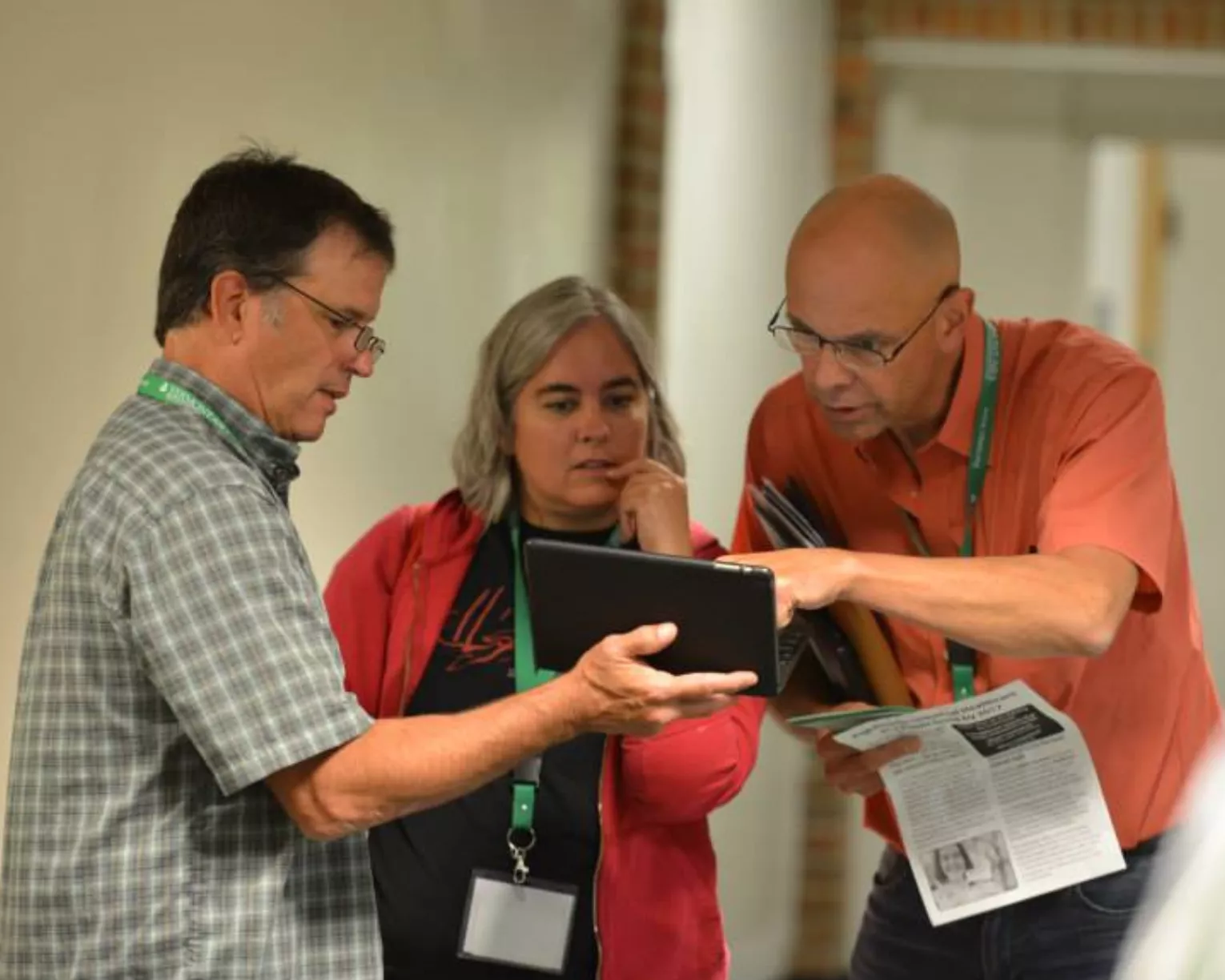The Praxis I (also called Core) is a basic skills test in reading, writing, and math. Most teacher preparation programs require future educators to take this assessment as part of the admissions process.
The Praxis II assesses your knowledge in the specific subject area or grade level you’ll teach. You’ll probably take this test toward the end of your teacher prep program. Most states require that you pass the Praxis II before being issued a teaching license.
Both assessments come with testing fees, too, which can range from $90 to $150 or more.
To help make the most of your time and money, here’s a handy study guide from Education Testing Services (ETS), which administers the Praxis.
Learn what the tests cover.
You can find test specifications for the Praxis I and II using ETS’ free study companions, at ets.org/praxis/prepare/materials. Each guide provides a comprehensive overview of the test, including detailed test descriptions and sample questions with answers and explanations.
Assess how well you know the content.
The study plan template, found at ets.org/praxis/prepare/study, can help you organize your preparation process. Use the template to help define the content areas that your test will cover; identify unfamiliar topics or concepts and mark those areas for review; and determine your strengths and weaknesses in each content area.
Plan and organize your time.
Don’t try to cram for the test at the last minute. Planning ahead will give you the best chance for success.
Choose a test date that will leave you plenty of time to prepare. Then work backward from that date to figure out how much time you will have for review. Set a realistic schedule, blocking out time on your calendar every week to study. Then stick to your plan.
Prepare and practice.
- Focus on the areas you need to brush up.
- Get your friends to quiz you. And talk with teachers, or other experts—such as those within your NEA-affiliated union—who can share insights on key concepts.
- Simulate how you actually plan to take the test—and trust that it won’t be on a couch with your laptop! Instead, practice at your library or in a classroom.
Manage testing anxiety.
It’s normal to feel nervous before taking a test. These coping strategies from the experts at Healthline.com can help you take hold of those jitters:
- Take several slow, deep breaths, and consciously relax your muscles one at a time.
- Read each question slowly and more than once Make sure you completely understand what the question is asking.
- Take the test one question at a time. Focus only on that question.
Understand your Praxis scores and state requirements.
Your score report will indicate whether you passed, the range of possible scores, the raw points available in each content category, and more. Every state is different, with some requiring you to pass both the Praxis I and II—or take additional exams before entering your first classroom.
- For more information about the Praxis, visit ets.org/praxis.
- Learn more about your state’s requirements at ets.org/praxis/states.
- Check out NEA’s Podcast to hear from seasoned educators about the licensure process for education majors. Listen at nea.org/becomeateacher.
Downloads
Ready, Set, Grow!

